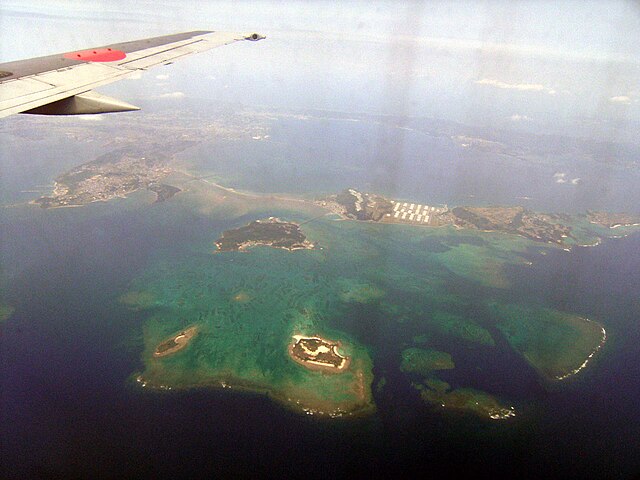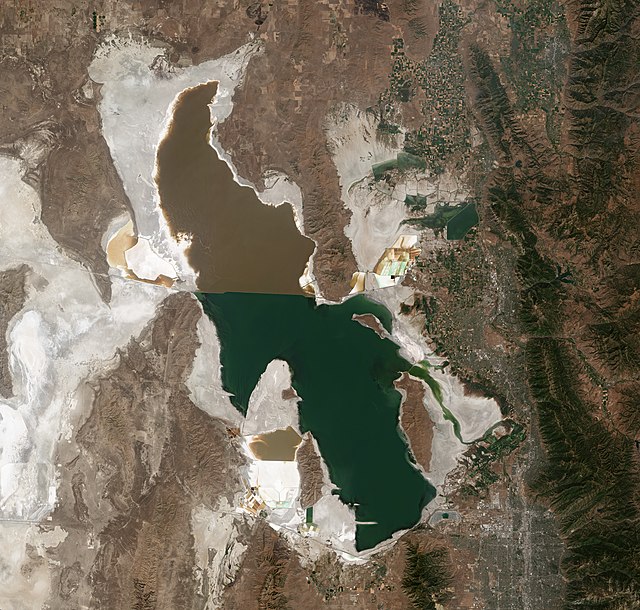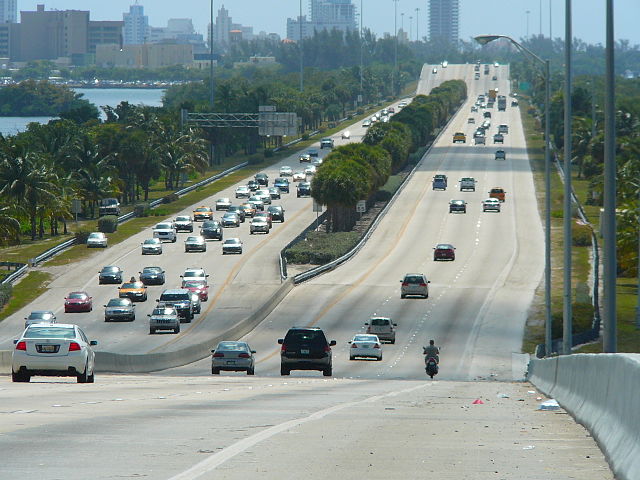The Ponte Conde de Linhares, often shortened to Ponte de Linhares is a 3.2 km (2.0 mi) long causeway connecting Ribandar to the main city of Panjim in Goa, India. It runs along the flood plains of the Mandovi River and is surrounded by various salt pans. There are ducts which act as tide controls. The Ponte Conde de Linhares was built in 1633–34 under the direction of the then Viceroy of Portuguese India, Miguel de Noronha, 4th Count of Linhares, after whom it is named. The bridge is often said to have been the longest in the world at 3.2 km (2.0 mi) when it was completed in 1634.
Ribandar Causeway
View of Ponte Conde de Linhares along the Mandovi River at dusk
A causeway is a track, road or railway on the upper point of an embankment across "a low, or wet place, or piece of water". It can be constructed of earth, masonry, wood, or concrete. One of the earliest known wooden causeways is the Sweet Track in the Somerset Levels, England, which dates from the Neolithic age. Timber causeways may also be described as both boardwalks and bridges.
The Hindenburgdamm Rail Causeway across the Wadden Sea to the island of Sylt in Schleswig-Holstein, Germany
Kaichu Doro in Uruma, Okinawa-Honto, the main island of the Ryukyu Islands in Japan.
Satellite photo of the Great Salt Lake from August 2018 showing a major color difference between the northern and southern portions of the lake as a result of a mineral imbalance caused by a railroad causeway.
The Julia Tuttle Causeway, one of the major arteries connecting Miami and Miami Beach in Florida






